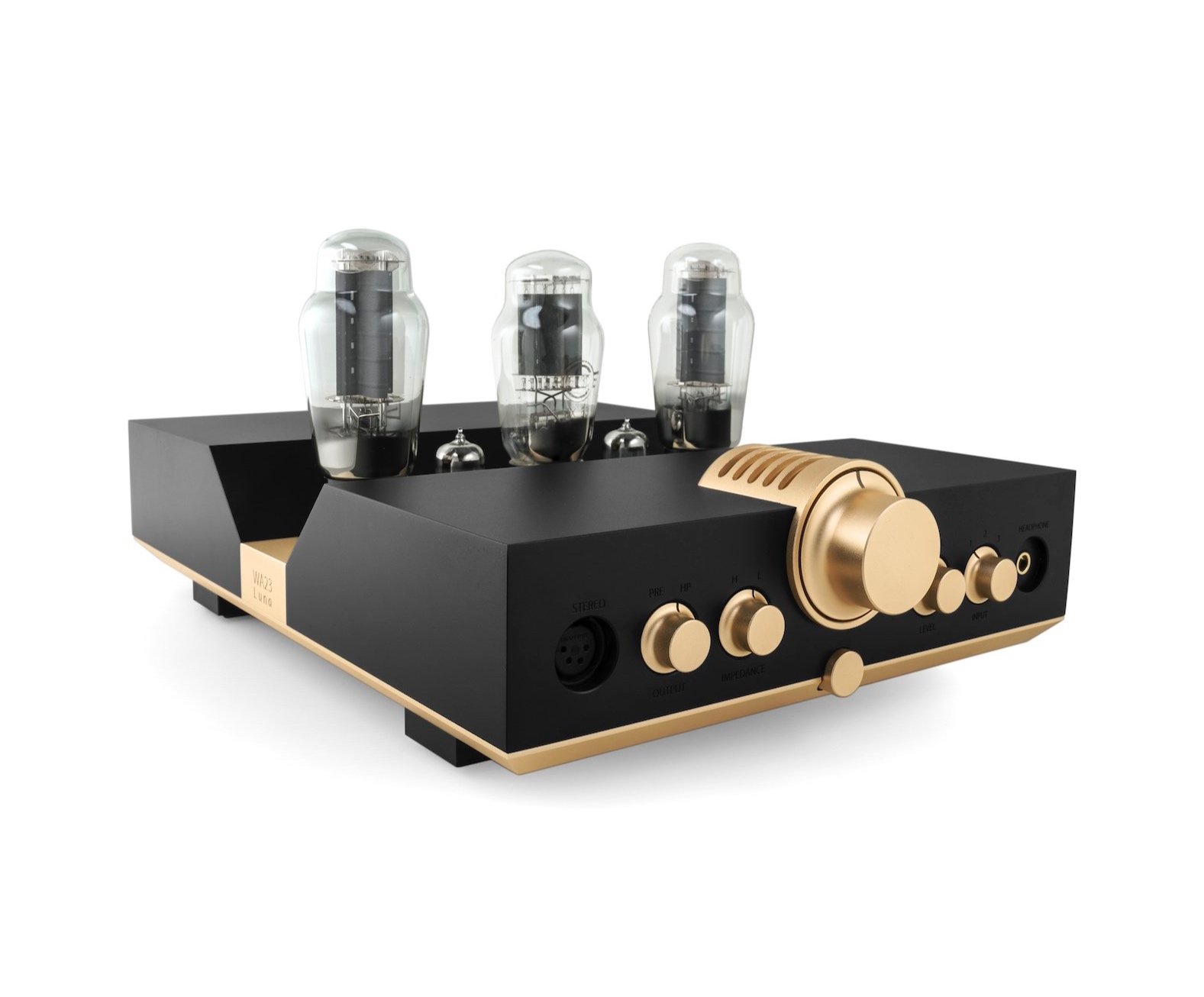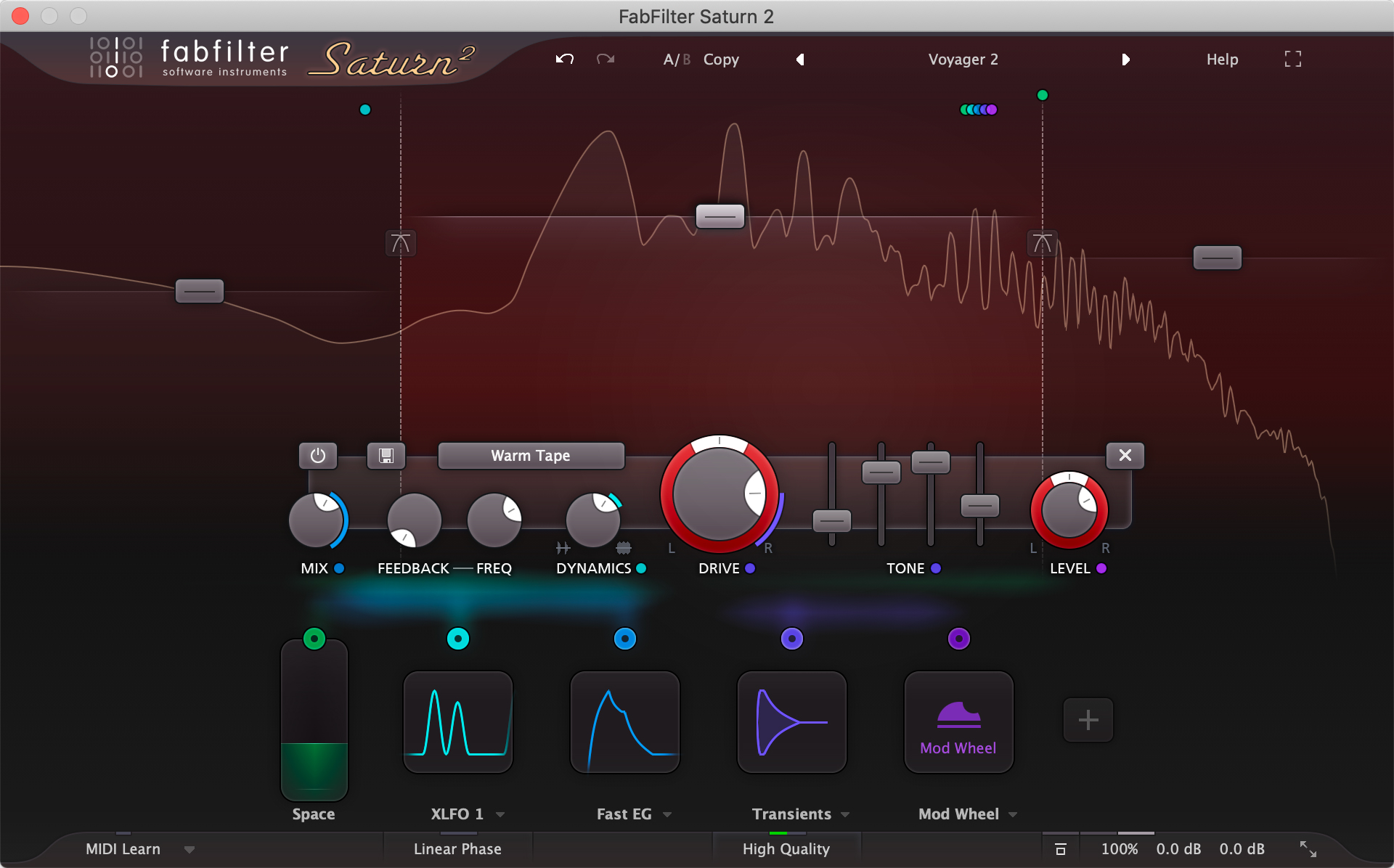I saw a very expensive headphone amp looks like this recently and I don't get why people love tube amps so much.

Popular opinion is they added unique "tube sound" or some harmonic/intermodulation distortion in the music so there's more "warmth" in the sound and also sometimes because they change of frequency response. But actually there are just tons of this "tube effect" already added in the chain of audio engineering, so the "warmth" and "richness" are already there in the music, regardless of whether you are using a tube amp or not.
Take the chain in a friend's studio as example, starting from the microphone. they use tube mics like Neumann M149, AKG C12, etc.. which added some tube flavor so human voice or instruments already pass in processed from tubes. For FET mics like Neumann U87, mic preamps and channel strips like Avalon design VT-737 and some SPL tube preamps with basic EQ will take the responsibility to add tube sound. You can basically add some of these effects and overdrive with a very cheap presonus TubePre without using priced gears.
In the mixing some tracks will be sent to analog gears for processing like Teletronix LA-2A tube compressor which is very widely used, so again, tubes. There are also tons of tube simulation in the plugin as well, preamps, compressors, limitors, EQs, many can contain some emulated tube effects.

You can manually add tube effects with plugins like Fabfilter Saturn. Just choose whatever tube you want to add and how much in the software:

Let's say you've finished making your music and in the mastering, you may use some mastering EQ like Manley Massive Passive Mastering like this and guess what, tube.

So why simply add another tube amp in the playback make the sound "warm, rich, analog" and without the tube amp it's suddenly "cold, harsh, thin and digital"? There are like numerous tubes in the music making chain so many "Tube flavors" are already there from the beginning, if musicians and audio engineers cosider use them produce better sound. Most of the time transparent playback system is the best to show music's original intension and no new layers of "tube effects" needed.

Popular opinion is they added unique "tube sound" or some harmonic/intermodulation distortion in the music so there's more "warmth" in the sound and also sometimes because they change of frequency response. But actually there are just tons of this "tube effect" already added in the chain of audio engineering, so the "warmth" and "richness" are already there in the music, regardless of whether you are using a tube amp or not.
Take the chain in a friend's studio as example, starting from the microphone. they use tube mics like Neumann M149, AKG C12, etc.. which added some tube flavor so human voice or instruments already pass in processed from tubes. For FET mics like Neumann U87, mic preamps and channel strips like Avalon design VT-737 and some SPL tube preamps with basic EQ will take the responsibility to add tube sound. You can basically add some of these effects and overdrive with a very cheap presonus TubePre without using priced gears.
In the mixing some tracks will be sent to analog gears for processing like Teletronix LA-2A tube compressor which is very widely used, so again, tubes. There are also tons of tube simulation in the plugin as well, preamps, compressors, limitors, EQs, many can contain some emulated tube effects.
You can manually add tube effects with plugins like Fabfilter Saturn. Just choose whatever tube you want to add and how much in the software:

Let's say you've finished making your music and in the mastering, you may use some mastering EQ like Manley Massive Passive Mastering like this and guess what, tube.

So why simply add another tube amp in the playback make the sound "warm, rich, analog" and without the tube amp it's suddenly "cold, harsh, thin and digital"? There are like numerous tubes in the music making chain so many "Tube flavors" are already there from the beginning, if musicians and audio engineers cosider use them produce better sound. Most of the time transparent playback system is the best to show music's original intension and no new layers of "tube effects" needed.
Last edited:
